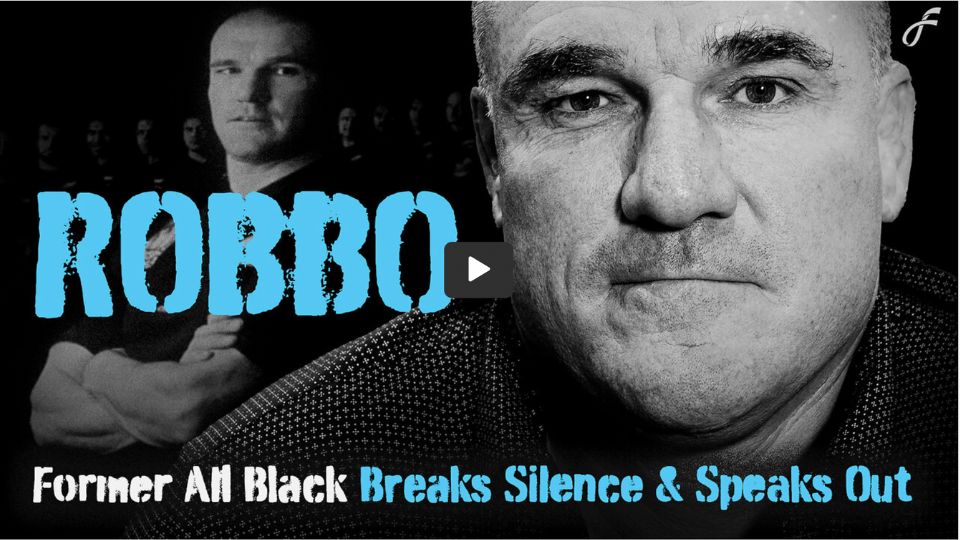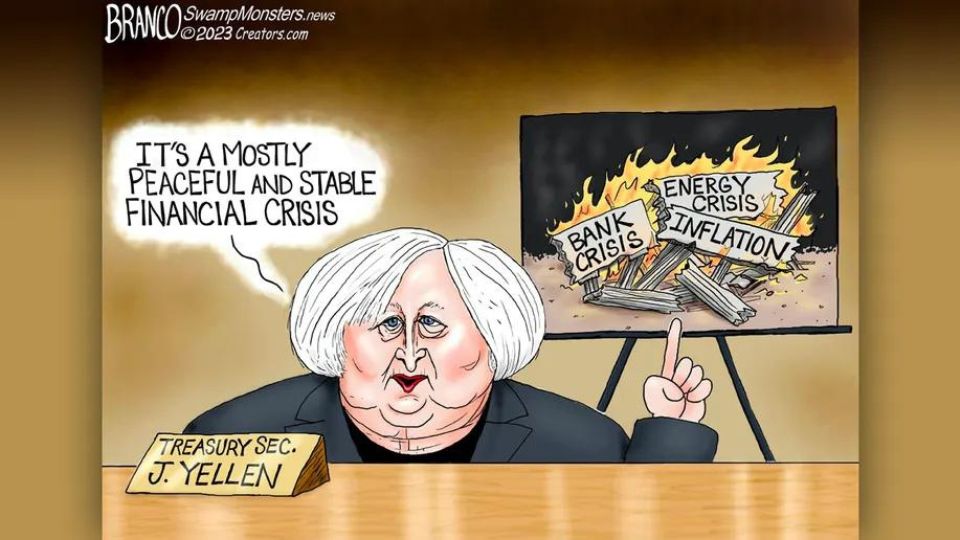A fundamental premise of the new Zone B system development is based on the increasing disenfranchisement of privately owned banks and central banks.
In this system, banks will be owned under state and cooperative models which will reduce the cost of credit because there will be no third party taking massive parasitic and opportunistic profits. Under this system infrastructural projects only cost a fraction of what they cost in borrowing this money on the international market.
A savings mentality will re-emerge in populations as the wealthy and retired deposit funds in the cooperative banks, gaining a reasonable yield, but also this wealth when leveraged out provides further capital for business loans and home building of the younger members of society. This money all gets soaked up in the productive economy and doesn’t go into blowing giant bubbles or the malinvestment that always comes from the Zone A “Money For Nothing and Chicks For Free” mentality of Zone A.
In this system where money is channelled into the productive sector, long-term wealth is generated but also there are almost zero inflationary effects. China proved this using these banking models after lifting their GDP ~27-fold and yet experiencing no destructive inflationary pressures.
The risks of currency shifts for countries making principal repayments exorbitant, or sometimes even impossible, will be eliminated because the loans can be made within the country and the money is created backed by state assets or using the reserve trading currency of the group.
The implementation of the discipline of moral hazard will become a much greater force in eliminating bad behaviour as oversight will be much more localised and informed. Habitual chicanery such as the bundling of toxic mortgages and securities and selling them off to second and third parties should become a thing of the past.
Private banks who wish to survive will have to become competitive with these coop models. They don’t need to be taken out of existence, they will survive or fall according to their own merits.
The transition to Govt owned central banks is no big deal either, as there are only 9 CBs in the entire world left that have substantial private ownership. The 62 national central banks that are BIS owner/members will gradually see the light and as such distance themselves and their policy from its influence making the BIS, like the IMF and the WB, all increasingly irrelevant institutions.
Russia will be one of the first to complete this divorce process and I dare say South Africa too, given that they are key members of the BRIICS+++ collective… being the “R” and the “S” in the acronym.
Regarding fiat currencies, it is paramount in the new paradigm that this self-destructive idea is done away with completely. It was the combination of fiat currency and private banking bad behaviour that wrecked the old system.
Gold backing alone of currencies in transitioning back out of fiat would never work… indeed it was no longer functional back in the 1960s either, hence why in 1971 Nixon took the $ off the gold standard.
As I understand it, the new currencies will be backed by up to 20 commodities, including gold and silver, and this will take away the problems of lack of stability in commodity prices and the risk of the repetitive insistence of redemption in just one commodity. In the agreement, the groups’ individual national currencies will have a peg to the main trading reserve currency and as such to one another.
This should tidy up all of the current arbitrage and speculative nonsense that currently exists. For countries like NZ with a minuscule economy and GDP that currently have a tenfold trade in their currency (from currency speculation) in comparison to what you would expect from the volume of our money supply, this will be an absolute breath of fresh air.
All of this seems to be taking an awfully long time and indeed it has been work in progress now for more than 20 years. Incidentally, Brazil’s Lula was one of the shining lights in all of this in his first 2 presidential terms (2003-2010)… as such it is self-evident as to why he has since trod a very rocky road in order to even survive, both personally and politically, as he clearly challenged the Zone A hegemony so openly.
The upside to this slow and measured development is that the systems are in essence parallels that have developed in an orderly and tested fashion so that when the entire gambit is rolled out, all of the individual components are already known to function. As frustrating as this has been, it has also been a godsend, as it has at the same time given Zone B the time to self-destruct because of its own innate idiocy, incompetence, and outrageous dishonesty.
Bring on Zone B!!!




